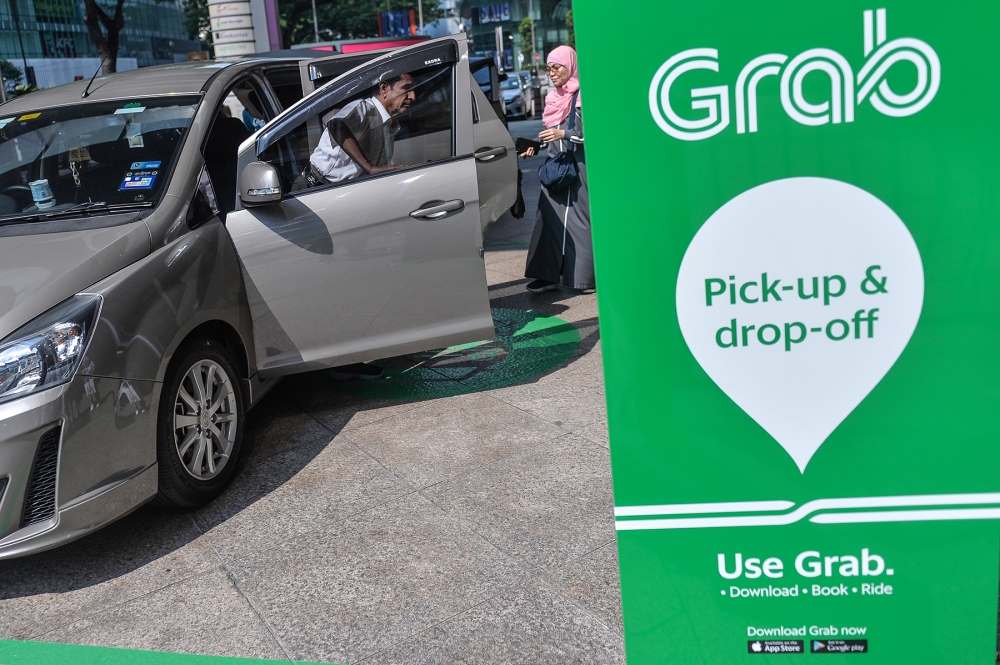KUALA LUMPUR, Sept 12 — Having a licence is a legal requirement to operate a motor vehicle in the country, and for many, it is also part of the coming of age process.
Despite its ubiquity, not all Malaysians are familiar with the various types of classes and categories available under the Malaysian driving licence system that is governed by the Road Transport Department (JPJ).
Here is a guide to all you need to know about the different classes and categories of the Malaysian driving licence.
Types of licences
Basically, the system is divided into four main types: Learner’s Driving Licence (LDL), Probationary Driving Licence (PDL), Competent Driving Licence (CDL) and Vocational Licence.
The LDL is issued to learner drivers who have completed the required Safety Driving Theory and a Section I examination or Road Laws and Safety Driving. The LDL is a requirement for learner drivers and those undergoing driving classes where the L plates must be displayed on the vehicles.
The next level would be the PDL, which is issued to new drivers who have passed the required driving tests. PDL holders are required to display the P sticker (marked with white capital P in square red background) at the front and rear of their vehicles. A PDL holder can upgrade their licence status to a full CDL after two years.
The CDL is the full-fledged driving licence, where holders able to renew their driving licence for up to 10 years. A CDL holder is exempted from undergoing a PDL or probationary period if he or she adds another driving class.

Vocational licences
Besides the three main types, the vocational licence has been growing in interest among gig workers and those doing part-time ride-hailing or delivery work. These licences must accompany the holder’s CDL.
The vocational licence consists of three categories: the Goods Driving Licence (GDL), Public Service Vehicle (PSV), and Conductor. Malaysians or permanent residents in good health above the age of 21 are allowed to apply for vocational licence.
The GDL allows holders to drive any commercially registered vehicle used for transporting goods such as rigid lorries, articulated lorries, panel vans and other vehicles.
PSV licence allows the holder to drive any commercial vehicle used for paying passengers such as taxis, window van and buses. Since 2019, ride-hailing drivers are required to have a PSV licence.
Only Malaysians or permanent residents aged 21 and above, and with a satisfactory level of health are allowed to apply for a vocational licence.
Licence classes
The Malaysian driving licence system is further categorised according to classes that allows licence holders to legally operate the particular vehicle or a combination of vehicles.
There is a total of 14 classes available as of this October. Prior to that, there was the Class B1 for those on motorcycles not exceeding 500cc, that has since been discontinued.
- A for People with Disabilities (PwD) operating a motorcycle carriage with unladen weight not exceeding 450kg
- A1 for People with Disabilities (PwD) operating a motor vehicle carriage with unladen weight not exceeding 3,500kg
- B for those on motorcycles exceeding 500cc
- B2 for those on motorcycles below 250cc
- C for those on three-wheeled motorcycle or trike
- D for those on cars with an unladen weight not exceeding 3,500kg
- DA for those on cars with automatic transmission and an unladen weight not exceeding 3,500kg
- E for those on heavy motor vehicles or lorries with an unladen weight exceeding 7,500kg
- E1 for those on heavy motor vehicles or lorries with an unladen weight not exceeding 7,500kg
- E2 for those on heavy motor vehicles or lorries with an unladen weight not exceeding 5,000kg
- F for those on tractors or light mobile machinery (wheeled) with an unladen weight not exceeding 5,000kg
- G for those on tractors or light mobile machinery (tracked) with an unladen weight not exceeding 5,000kg
- H for those on tractors or light mobile machinery (wheeled) with an unladen weight exceeding 5,000kg
- I for those on tractors or light mobile machinery (tracked) with an unladen weight exceeding 5,000kg





















